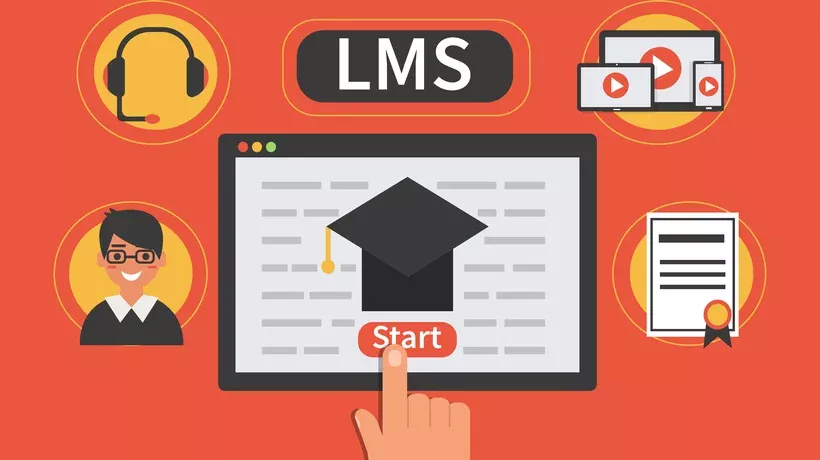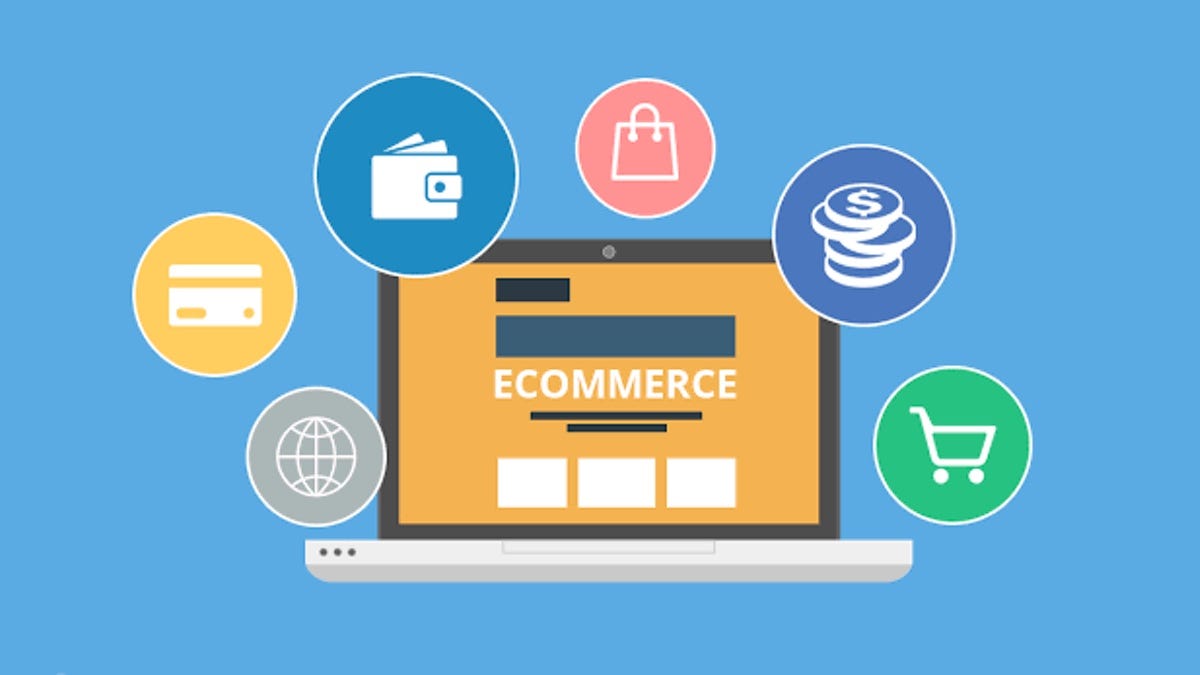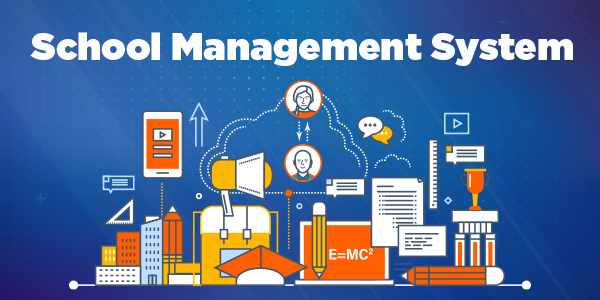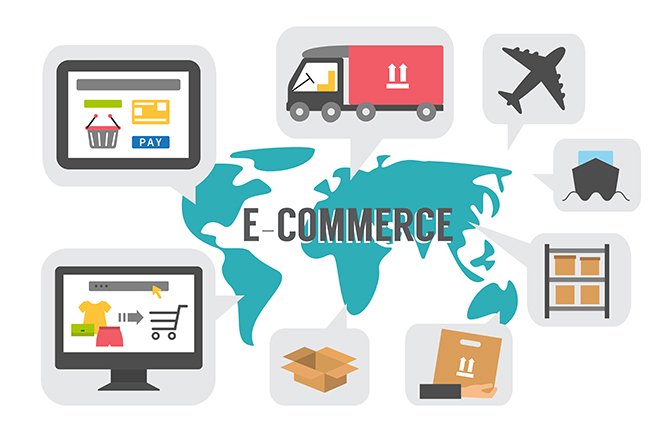
A Learning Management System (LMS) is a software application designed to create, manage, deliver, and track educational courses or training programs. It acts as a centralized platform for all aspects of the learning process, whether in academic settings, corporate environments, or for individual online course creators.
How an LMS Works:
An LMS provides a digital environment that facilitates the entire learning lifecycle. Here’s a breakdown of its core functions:
- Content Creation and Management:
- Course Authoring: Many LMS platforms include built-in tools to create courses from scratch, allowing administrators and instructors to incorporate various content types like text, images, videos, audio, documents, and interactive elements. Some may require integration with separate authoring tools.
- Content Organization: It allows for the structured organization of learning materials into lessons, modules, and chapters, making it easy for learners to navigate.
- Centralized Repository: An LMS serves as a central hub for all learning content, ensuring easy access and version control.
- Course Delivery:
- Access and Distribution: Once courses are created, they can be published and made accessible to learners. Enrollment can be open or restricted based on organizational needs.
- Multi-format Delivery: LMS platforms support various delivery methods, including online self-paced courses, blended learning (combining online and in-person), and live virtual sessions (often through integrations with video conferencing tools).
- Mobile Accessibility: Most modern LMS solutions offer mobile-friendly interfaces or dedicated apps, allowing learners to access content on smartphones and tablets anytime, anywhere.
- Learner Management and Tracking:
- User Management: Administrators can manage user accounts, assign roles (e.g., administrator, instructor, learner), and control access permissions.
- Progress Tracking: The system automatically tracks learner progress, completion rates, time spent on courses, and assessment scores.
- Reporting and Analytics: Robust reporting features provide insights into learner performance, course effectiveness, skill gaps, and overall training ROI. This data helps organizations refine their learning programs.
- Assessment and Engagement:
- Quizzes and Assignments: LMS platforms offer tools to create various types of assessments, including quizzes, assignments, and simulations, to evaluate learner understanding.
- Gamification: Many systems incorporate gamification elements like badges, leaderboards, and points to increase learner motivation and engagement.
- Social Learning: Features like discussion boards, forums, and peer-to-peer interaction tools foster collaboration and knowledge sharing among learners and instructors.
- Certifications: The ability to issue certificates upon course completion helps recognize achievements and track compliance.
Key Benefits of Using an LMS:
- Centralized Learning: All learning content and data are in one place, streamlining administration and access.
- Scalability: Easily manage training for a growing number of learners without significant increases in cost or administrative burden.
- Cost-Effectiveness: Reduces the need for physical classrooms, printed materials, and travel for training.
- Consistency: Ensures all learners receive the same quality and standard of education.
- Flexibility and Accessibility: Learners can access courses at their own pace, from any location, and on various devices.
- Improved Learning Outcomes: Personalized learning paths, interactive content, and robust feedback mechanisms enhance knowledge retention and application.
- Compliance Management: Facilitates tracking and reporting for mandatory compliance training and certifications, providing an audit trail.
- Data-Driven Decisions: Analytics provide actionable insights to improve training programs and demonstrate their impact.
Types of LMS:
LMS platforms are generally categorized by their deployment model and intended use:
- Cloud-Based LMS (SaaS – Software as a Service):
- Hosted by the vendor, requiring no installation or maintenance by the user.
- Accessible from anywhere with an internet connection.
- Often subscription-based.
- Examples: TalentLMS, LearnUpon, Absorb LMS, Docebo, Litmos.
- On-Premise LMS:
- Installed and maintained on the organization’s own servers.
- Offers greater control over data and customization, but requires internal IT resources.
- Open-Source LMS:
- Free to use, modify, and distribute the code.
- Requires technical expertise for setup, customization, and maintenance.
- Examples: Moodle, Open edX, Canvas (Community Edition), Sakai.
Common Use Cases:
- Corporate Training: Employee onboarding, skill development, compliance training, sales enablement, partner training, customer education.
- Educational Institutions: K-12 schools, universities, colleges for delivering online courses, managing student assessments, and facilitating communication.
- Online Course Providers: For individuals and businesses selling online courses to a wider audience.
When choosing an LMS, it’s crucial to assess your organization’s specific needs, budget, target audience, and desired features, including user-friendliness, scalability, integration capabilities, reporting tools, and mobile accessibility.








